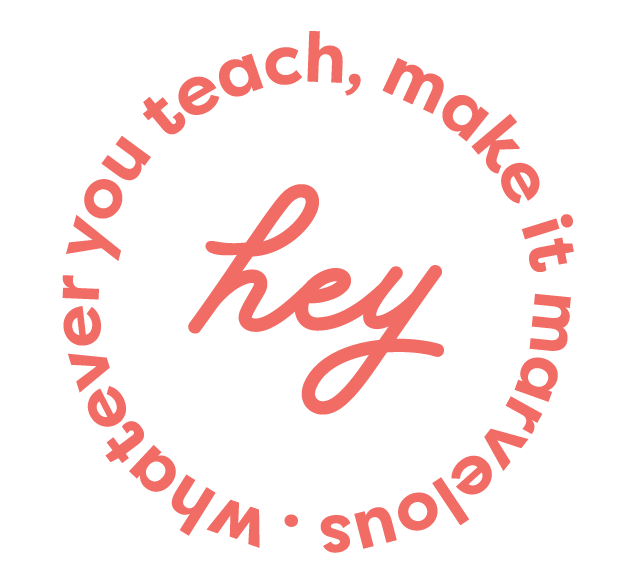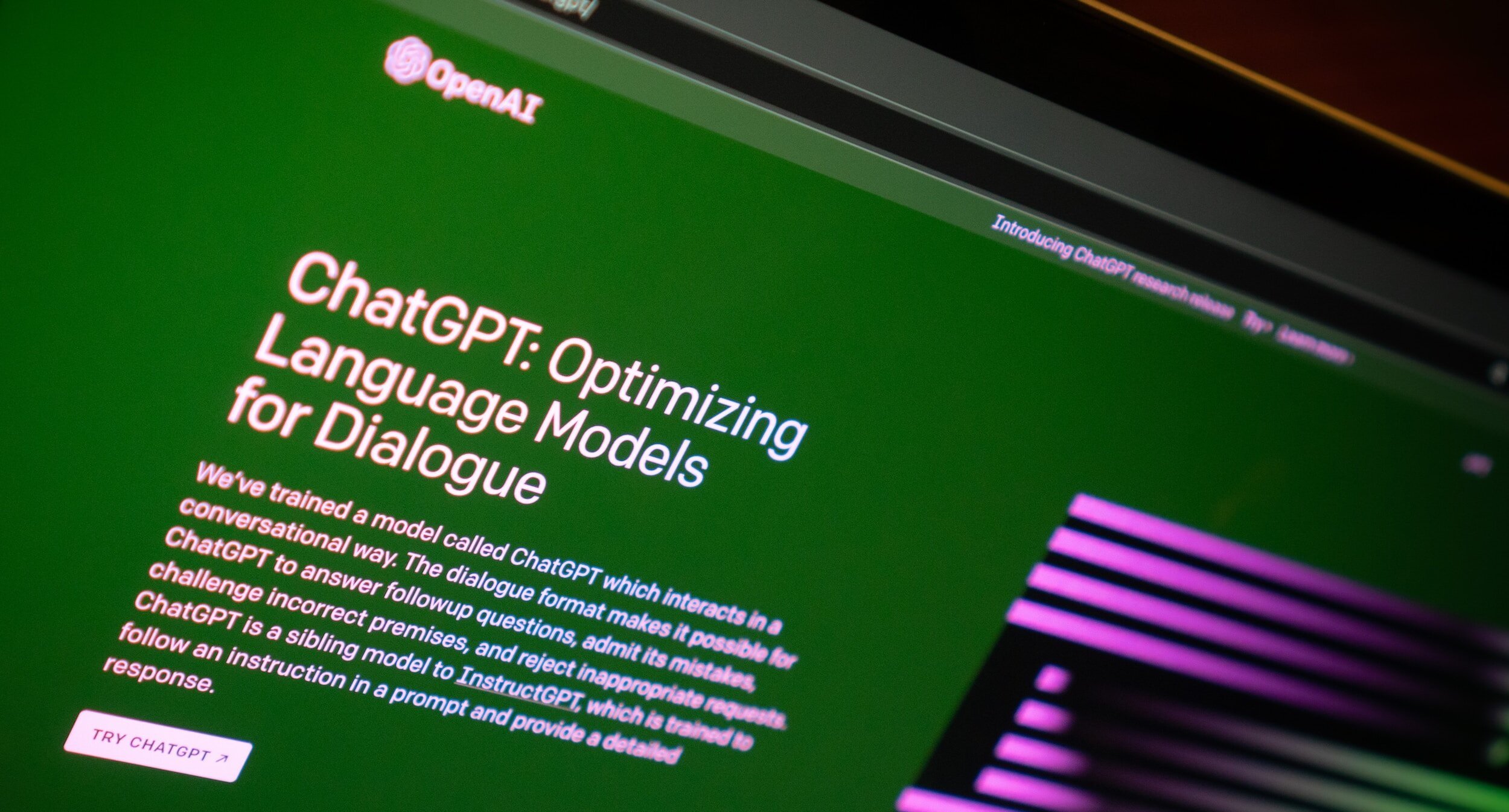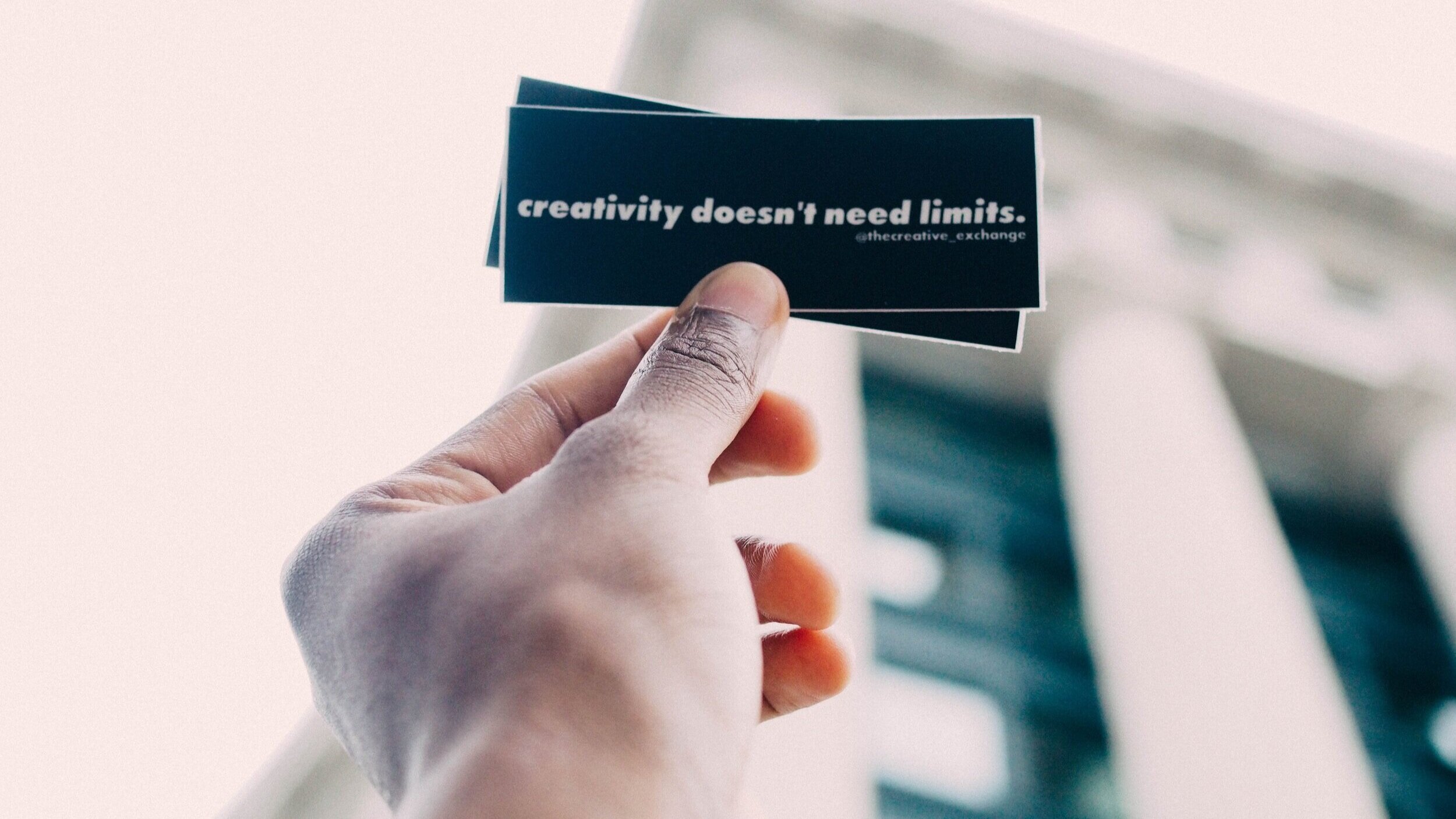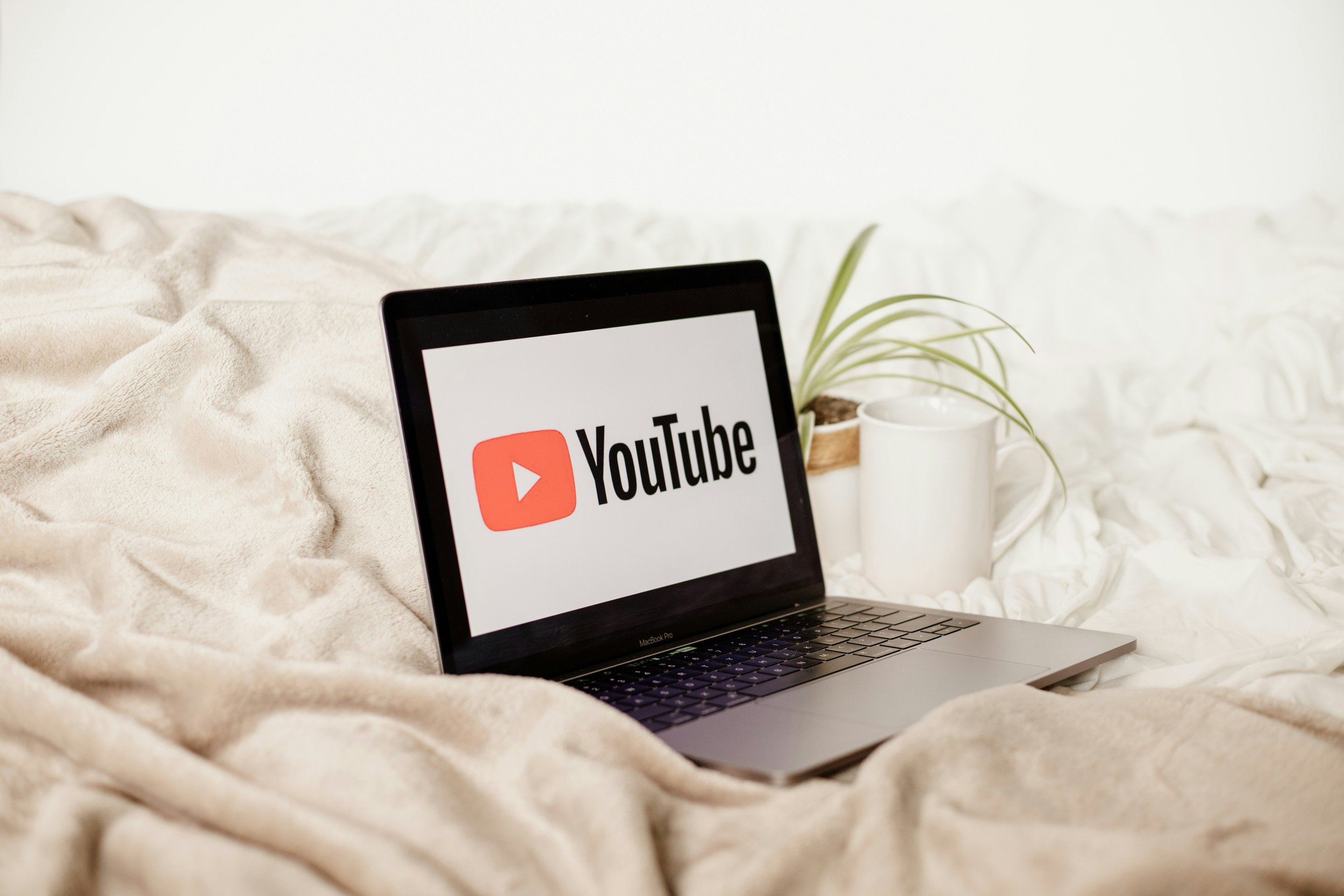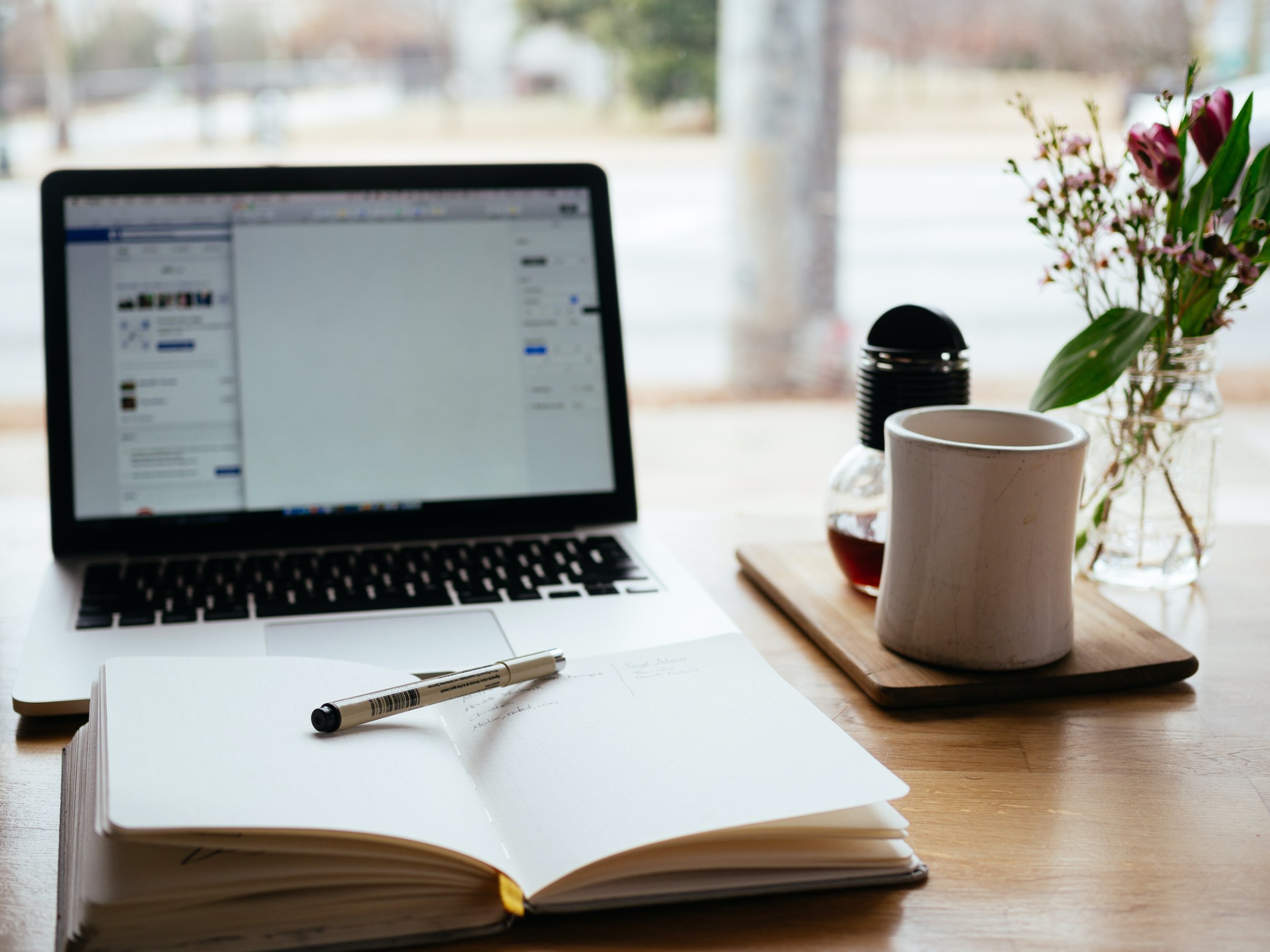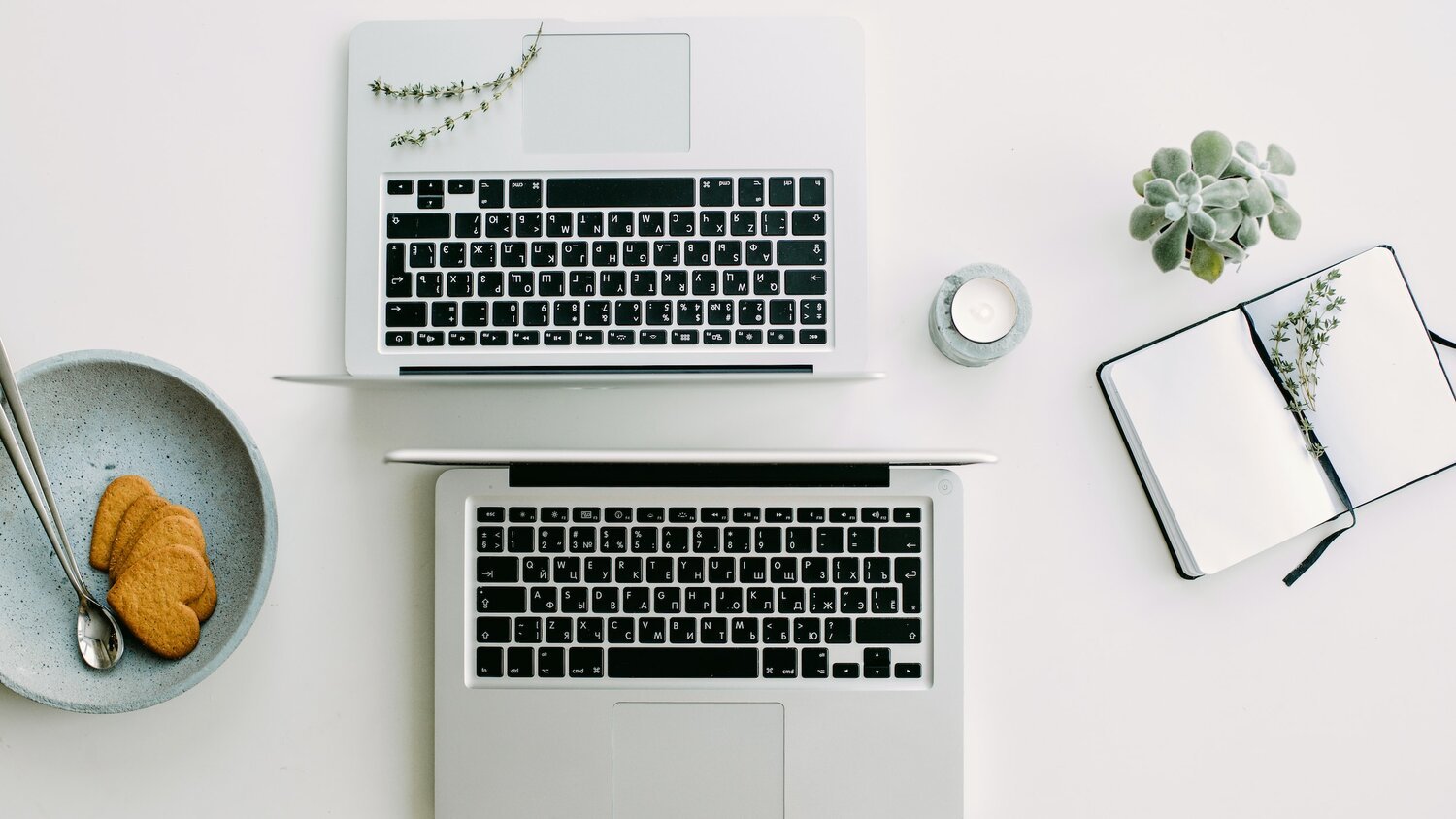Empowering Creativity: How to Leverage AI as a Creator
The emergence of Artificial Intelligence (AI) as a creator is bringing about a new era in the creator economy, expanding the usual limits of human creativity and giving rise to fresh approaches to generating different types of content.
As we delve into the concept of AI as a creator, it's crucial to understand how artificial intelligence is revolutionizing content creation.
This blog post aims to shed light on:
Leveraging AI for Content Creation: AI as a creator as a transformative technology and its impact on the creator economy, particularly for coaches, creators, and solopreneurs wanting to teach online.
Famous AI Tools: How generative AI tools like ChatGPT can streamline content generation, while platforms such as Midjourney are redefining creative processes.
Potential Risks and Concerns with Generative AI: From fears around unfair algorithmic competition to risking authenticity through overreliance on technology.
Changing Perceptions towards Creativity: The emergence of AI also necessitates a shift in our perceptions of creativity.
Governance Challenges in the Land of Algorithmic Content: Governance hurdles within information spaces dominated by algorithmically generated content and political leadership's role in regulation.
Striking a Balance between Innovation & Authenticity: How we can harmonize embracing this innovative technology and preserving space for authentic individual artistic expressions - all while maintaining diversity.
Join us in discovering the fascinating interplay of AI as a creator and its impact on content creation and the ways we can make the most of its potential.
Leveraging AI as a Creator
The rise of AI applications has transformed the way we approach content creation. These tools offer a lifeline to creators, coaches, and solopreneurs, making the blank page less intimidating and kindling a creative spark while boosting efficiency.
Efficient Content Generation with ChatGPT
Artificial Intelligence, specifically generative models like ChatGPT, has transformed the way coaches, creators, and solopreneurs approach online teaching. With its ability to generate creative text based on user prompts, it can effortlessly create engaging posts or even entire articles, saving content creators precious time and brainpower.
Now creators can channel their efforts towards other significant tasks —whether that involves conducting coaching sessions or developing comprehensive online courses— instead of wasting hours wracking their brains for the perfect social media updates, they can now allocate their energies more strategically.
Transforming Creative Processes with Midjourney
For coaches, creators, and solopreneurs aiming to excel in online teaching, AI platforms like Midjourney present an innovative solution. Through intricate machine learning algorithms and extensive datasets, these platforms transcend text generation, delivering captivating visual content.
Because of these systems, solopreneurs can now create visually appealing course materials or promotional graphics, even without prior knowledge of graphic design.
By integrating these advanced technologies into their workflows, creators gain access to powerful creative tools that were once exclusive to experts or large corporations, democratizing how we perceive creativity and authorship in the digital realm.
Potential Risks and Concerns with Generative AI
Generative AI: the cool kid on the content creation block. It not only saves time but also spices up digital material. But hold up, there are valid concerns about relying too much on these tech wonders.
Fears Around Unfair Algorithmic Competition
Algorithms might outshine human creativity. AI like ChatGPT can churn out content faster than a cheetah on roller skates.
This could lead to a world where algorithmic content rules the roost, leaving humans in the dust.
So how can we ensure that human creativity isn't overshadowed by AI? As Sam Altman, CEO of OpenAI, wisely ponders, creators should exercise caution against becoming overly dependent on technology.
Risking Authenticity through Overreliance on Technology
Efficiency and novelty are great, but are we sacrificing our unique creative essence?
Let's consider:
Originality: AI can mimic styles, but can't truly innovate or create something new.
Soul: Machines can't replicate the deep emotions and experiences that fuel artistic expressions.
Cultural Context: Generative AI may miss the cultural nuances that human-created art carries.
While generative AI like Marvelous Magic Pages creates beautiful product sales pages in minutes (saving creators, coaches, and solopreneurs brainpower and time), we mustn't forget our human capacity for creativity. It's not about rejecting technology. It's about integrating it thoughtfully, embracing innovation without sacrificing genuine artistic expression.
By acknowledging the risks and advantages, we can strike a balance and make the most of this emerging technology.
Let's keep the "art" in artificial intelligence.
Changing Perceptions Towards Creativity
The rise of generative AI has revolutionized how we think about creativity. It's not about replacing humans, but about transforming our creative processes into something new and valuable.
How Generative AI Transforms Human Creativity
Creativity used to be all about originality and personal expression. But with generative AI tools, we have a whole new way to create content.
These tools use machine learning algorithms to generate text based on user prompts, opening up fresh avenues for brainstorming and content creation.
Don't worry, machines aren't becoming the creative geniuses here. They're just helping us tap into our own creativity, prompting us to think outside the box and investigate new areas in our work.
Rethinking Our Perceptions About Creativity
It's time to reconsider our understanding of creativity in light of the new technology available.
As Ahmed Elgammal points out in his insightful piece titled "Artificial Intelligence Is Blurring The Definition Of Artist," generative AI can be seen as just another tool in an artist's toolbox - like paintbrushes were once considered revolutionary.
Creativity isn't limited to humans: Machines possess the capacity to enhance the creative process through data analysis and pattern recognition capabilities beyond any individual's abilities.
New forms of collaboration: Instead of seeing AI as competition, we should view it as a partner that amplifies our own abilities.
Diversifying artistic expressions: By embracing technology, artists can push boundaries and create more diverse forms of expression across various artistic mediums.
In essence, embracing generative AI doesn't compromise genuine artistic expression, but expands upon it - fostering innovation while preserving authenticity.
Governance Challenges in the Land of Algorithmic Content
The rise of generatively created content brings a whole new set of problems to the table.
If we don't handle it properly, we might lose our shared experiences to an overwhelming flood of personalized algorithmic recommendations.
The Consequences of Neglecting Governance
Google chief Sundar Pichai said that AI can be “very harmful” if inappropriately deployed and calls for the establishment of a global framework to regulate it.
Creators could find themselves competing with algorithms for visibility on platforms that favor AI-generated content. This could result in a lack of diversity as individual voices get drowned out by machine-generated creations.
And it doesn't stop there. There's also the risk of these technologies being used irresponsibly or maliciously. From spreading fake news to manipulating public opinion, the threats are real. That's why we need swift and strong AI regulations ASAP.
Striking a Balance between Innovation & Authenticity
These fancy technologies are great for content creation and online teaching, but we need to find a sweet spot between embracing innovation and preserving genuine artistic expression.
The Importance of Diversity in the Cultural Landscape
Diversity adds spice to life, adding a vibrant blend of ideas, perspectives, and experiences that enrich the fabric of humanity.
Let's bear in mind that AI can certainly assist in drafting and brainstorming, but it remains incapable of substituting human intuition and emotion - secret ingredients that make even machine-augmented human creativity truly authentic.
Preserving Space for Genuine Artistic Expressions
In an algorithm-driven world, content creators need to carve out spaces for genuine artistic expressions and instead of fearing AI, see it as an opportunity to transform creative processes into something new and valuable.
Foster collaboration: Let's team up with AI to achieve common goals, amplifying the potential of machine-augmented human creativity.
Promote experimentation: Encourage artists to explore AI tools while preserving the essence of their authentic human creations.
Educate about responsible usage: Educate individuals on the responsible utilization of these technologies.
This balanced approach requires proper governance, both through political stewardship and self-regulation within communities.
As we reap the benefits of AI's progress, it is imperative that we exercise responsible and ethical usage of this technology. By doing this, we can make the most of its positive potential while also minimizing risks and ensuring it fits well into our lives and society.
FAQs
Q: What is an AI creator?
An AI creator refers to a technology or system that employs artificial intelligence to generate various forms of content, such as text, images, music, and more. These AI systems use algorithms and learned patterns to produce content that simulates human creativity and decision-making.
Q: Can AI create creativity?
While AI can generate content that resembles creativity, it doesn't possess consciousness or true creative thinking as humans do. AI can analyze patterns and generate novel outputs based on learned data, but it lacks the underlying emotions, experiences, and inspirations that drive human creativity.
Q: Do I own the AI art that I create?
The ownership of AI-generated art can be complex and is often subject to legal and ethical debates. In many cases, the ownership might be attributed to the individual or organization that trained the AI model or provided the input data. It's advisable to review the terms and conditions of the AI platform you're using and consult legal experts to determine ownership rights.
Q: How is AI changing content creation?
AI is significantly altering content creation by streamlining processes and enhancing output. It can automate tasks like content generation, data analysis, and image processing, saving time for creators. AI tools aid in ideation, generate personalized recommendations, and even adapt content for different audiences. However, concerns about originality, quality, and the role of human creativity accompany these changes.
Final Thoughts
The rise of AI is reshaping the way we make content, sparking fresh ideas and collaborations. While AI tools like ChatGPT and Midjourney make content creation more efficient, we must be cautious not to lose the human touch that brings authenticity and emotion.
Striking a balance is key. AI can't replace human creativity's depth and cultural understanding. It's more about AI and humans working together to create something unique.
But there are challenges. We need rules to ensure fairness and diversity in the flood of AI-generated content. This is where our leaders step in, regulating AI's impact.
The path forward involves responsible AI use. AI can help, but it can't replace our creativity. Collaborating with AI while preserving our artistic essence is the way to go. By guiding AI's growth, we can make sure it enhances our creativity without overshadowing it.
